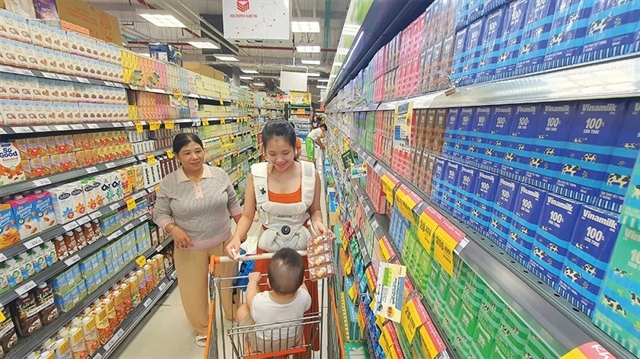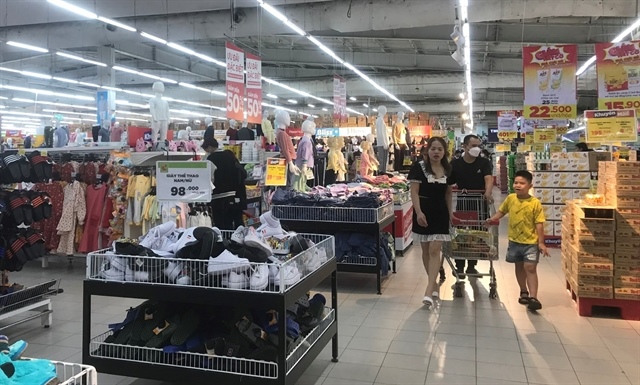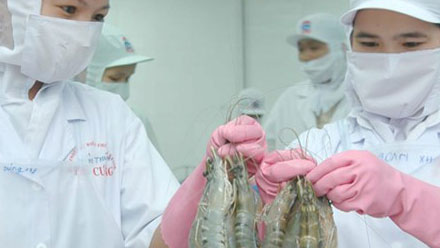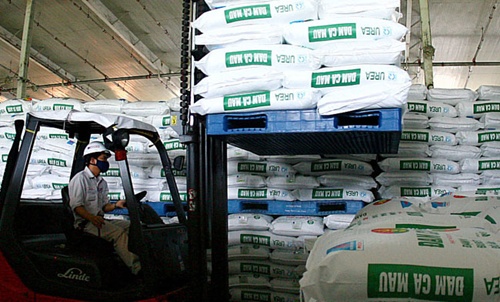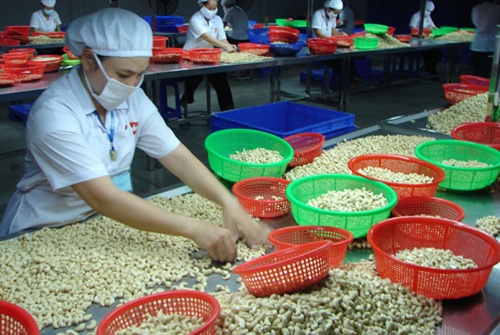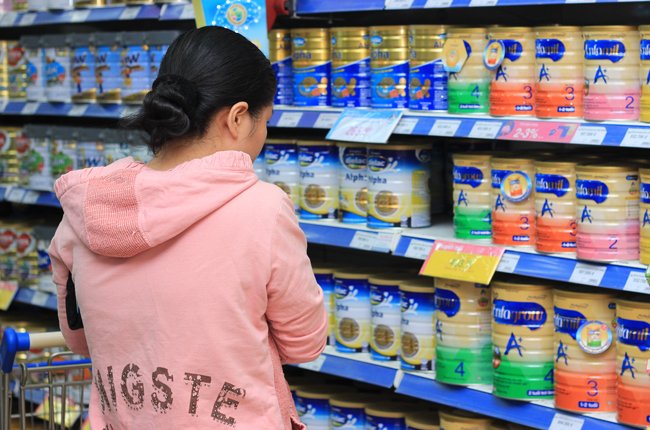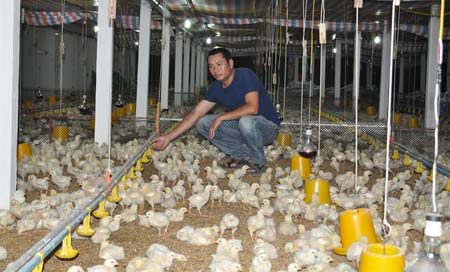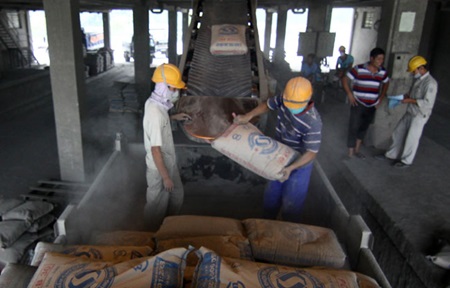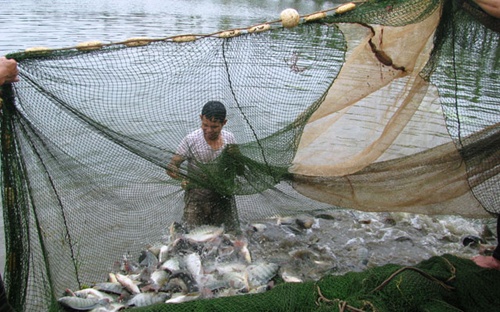Domestic milk supply meets 40% of VN demand
Domestic milk supply meets 40% of VN demand
Dairy farming in Vietnam has grown rapidly in recent years with the 2014 milk output rising by 20% against 2013, but domestic supply met just 40% of demand, according to the Department of Livestock Production under the Ministry of Agriculture and Rural Development.
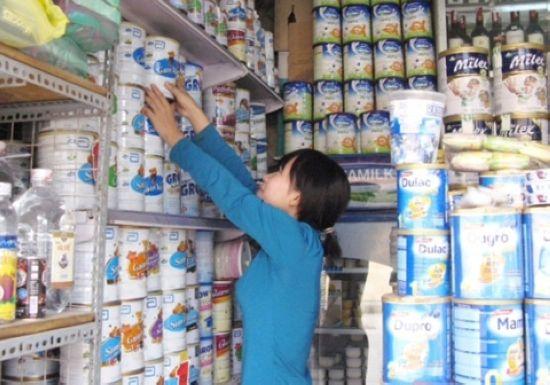
Tong Xuan Chinh, deputy head of the department, told a conference on cooperation and development in the cow farming sector in Hanoi last week that Vietnam turned out 549,500 tons of milk last year, up 20.4% year-on-year.
The ministry and the Danish embassy in Vietnam held the conference for management agencies, associations, scientists and businesses to share lessons in farming cows and controlling quality and hygiene of related products.
Deputy Minister of Agriculture and Rural Development Vu Van Tam said a number of big enterprises have joined the sector as they have realized surging demand for beef and milk in the country. Though the cow farming sector has expanded significantly, Vietnam needs to apply more modern technologies of developed countries to fuel growth in the sector in the years to come.
He said as of April 2015, Vietnam had had 253,700 dairy cows, up by 26.5% against 2013. The nation’s milk productivity and output are the same as or higher than Thailand, China, Indonesia and the Philippines.
However, Chinh said Vietnam has only 384 farms with 20 dairy cows or above each, making up a mere 1.95% of the dairy farms in the nation.
Meanwhile, the number of cows nationwide had totaled 5.3 million as of early April, up 2.7% year-on-year. Beef output stood at 180,000 tons, nearly the same as in the year-ago period.
Earlier, many experts warned that if the country took no action to develop the cow farming sector, it would be hard hit by competition from 11 other member states of the Trans-Pacific Partnership (TPP).
According to research by the Vietnam Center for Economic and Policy Research (VEPR), when the trade pact takes effect, local consumers would benefit but beef producers and exporters would suffer losses as their products are less competitive than those imported from other Pacific Rim nations.
Import tariffs on beef and milk will go down with more powered milk imports from New Zealand, cows and water buffalos from Australia and meat from the U.S.
The frozen meat sector will grow to meet rising demand for hygienic products. But local milk, beef and pork will face fiercer competition due to Vietnam’s weak competitiveness.




